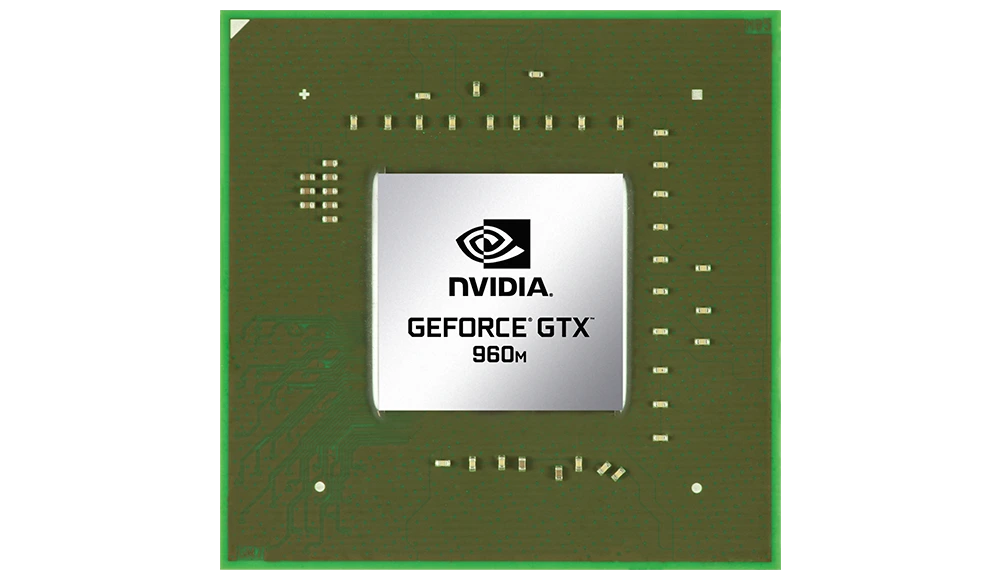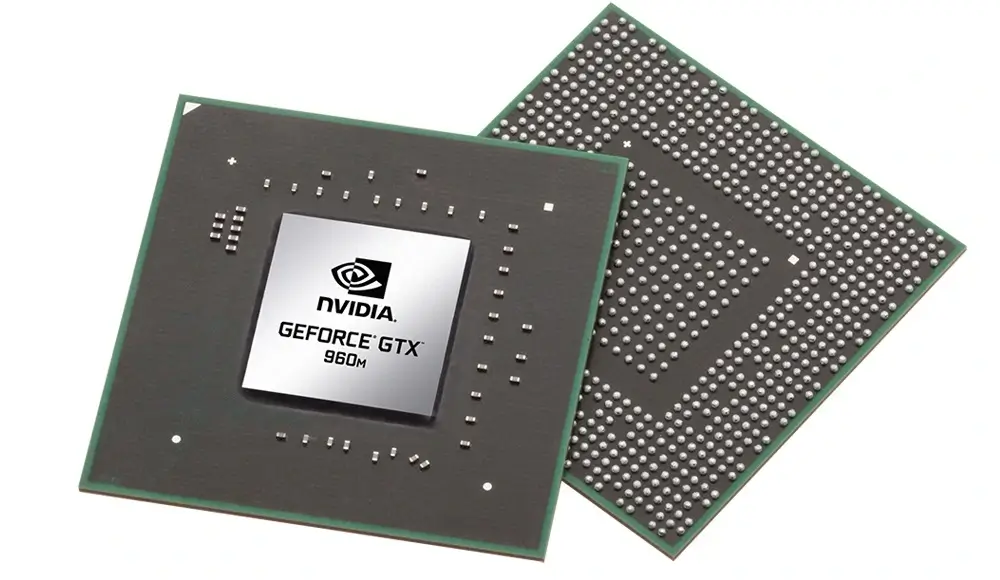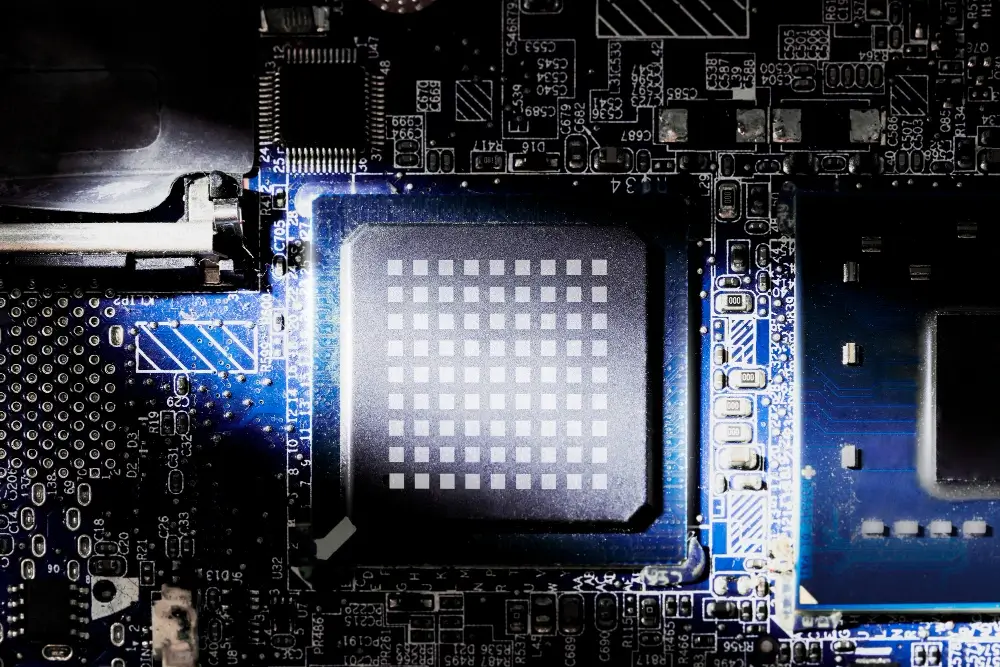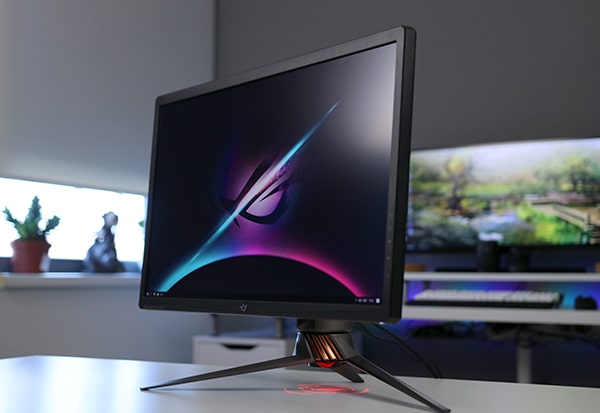If you’re a gamer, you know how important a good graphics card is for an immersive gaming experience.
The Nvidia GeForce GTX 960M is a mid-range graphics card that offers solid performance at a reasonable price.
In this review, we’ll take a closer look at the Nvidia GeForce GTX 960M and see how it stacks up against its competition.
Nvidia GeForce GTX 960m Price
Nvidia GeForce GTX 960m Specifications
| Specifications | Details |
| GPU Architecture | Maxwell |
| CUDA Cores | 640 |
| Base Clock | 1096 MHz + Boost |
| Boost Clock | 1176 MHz |
| Memory Speed | 5000 MHz |
| Memory Size | 4GB GDDR5 |
| Memory Interface Width | 128-bit |
| Memory Bandwidth | 80 GB/s |
| DirectX Support | 12 |
| OpenGL Support | 4.5 |
| TDP | 45 W |
Design And Build

The Nvidia GeForce GTX 960M is a mobile graphics card that is designed for gaming laptops.
It is built on the Maxwell architecture and is a mid-range graphics card. The card has a TDP of 45 watts and is based on the GM107 chip.
It comes with 640 shader units, 40 texture mapping units, and 16 ROPs.
The GTX 960M has a clock speed of 1096MHz and can boost up to 1176MHz.
It supports DirectX 12, OpenGL 4.5, and OpenCL 1.2. The card comes with 4GB of GDDR5 memory, which operates at a speed of 1253MHz and has a memory bandwidth of 80GB/s.
In terms of design and build, the GTX 960M is a compact graphics card that is designed to fit into slim gaming laptops.
The card measures 23mm x 23mm and has a height of 3.5mm. It is a single-slot graphics card and does not require any external power connectors.
The GTX 960M comes with a variety of features that are designed to improve gaming performance.
These include Nvidia GameWorks, which is a set of tools and libraries that help developers create games that are optimized for Nvidia graphics cards.
The card also supports Nvidia Optimus technology, which allows the laptop to switch between the integrated graphics and the dedicated graphics card depending on the task at hand.
GPU Architecture
The Nvidia GeForce GTX 960m is based on the Maxwell architecture, which was introduced in 2014.
It is built on the 28nm manufacturing process and uses the GM107 graphics processor. The GPU has 640 CUDA cores, 40 texture units, and 16 ROPs.
The GTX 960m has a base clock speed of 1097 MHz and a boost clock speed of 1176 MHz. It has a TDP of 45 Watts and requires a single 6-pin power connector.
The GPU supports DirectX 12, OpenGL 4.5, and OpenCL 1.2.
The GTX 960m has a memory interface of 128-bit and comes with 4GB of GDDR5 memory. The memory clock speed is 1250 MHz, which results in a memory bandwidth of 80 GB/s.
Compared to its predecessor, the GTX 860m, the GTX 960m has a higher core clock speed, more CUDA cores, and a larger memory bandwidth.
However, the GTX 960m has a lower memory interface and a lower TDP.
Display Support
The NVIDIA GeForce GTX 960M can support up to four displays simultaneously.
This is due to the fact that it comes with three display outputs: HDMI, DisplayPort, and VGA.
In addition, it also supports NVIDIA Optimus technology, which allows the GPU to switch between the dedicated graphics card and the integrated graphics card depending on the application being run.
This helps to conserve battery life when using applications that do not require the additional power of the dedicated graphics card.
The GeForce GTX 960M also supports NVIDIA G-SYNC technology, which synchronizes the display’s refresh rate with the GPU’s frame rate.
This helps to eliminate screen tearing and input lag, resulting in a smoother and more responsive gaming experience.
When it comes to display resolutions, the GTX 960M can support up to 4K (3840 x 2160) resolution at 60Hz through its DisplayPort output.
However, it is important to note that not all laptops that come with the GTX 960M will have a DisplayPort output.
Some laptops may only have an HDMI output, which will limit the maximum resolution to 1080p (1920 x 1080) at 60Hz.
Storage Details
In terms of storage, the Nvidia GeForce GTX 960M supports up to 4GB GDDR5 memory.
If you plan on using your laptop for gaming or other graphics-intensive tasks, you may want to consider getting a laptop with a larger SSD or HDD.
This will allow you to store more games and other large files without running out of space.
Connecting I/O Ports
The NVIDIA GeForce GTX 960m graphics card features a variety of input/output (I/O) ports to connect to your computer and other devices.
These ports allow you to connect your graphics card to your monitor and other peripherals to enhance your gaming or video editing experience.
The Nvidia GeForce GTX 960M graphics card typically features a combination of video outputs, such as HDMI, DisplayPort, and potentially VGA or other connectors, depending on the laptop model.
It does not have a 16-pin PCIe Gen5 power connector. Instead, it is typically powered through the laptop’s internal power supply and does not require an external power connector.
To connect your laptop to an external monitor or display, you would use one of the available video output connectors based on your monitor’s input options, such as HDMI or DisplayPort.
The specific ports may vary depending on the laptop manufacturer and model.
It is important to note that you should only use the included NVIDIA power connector adapter for your GeForce GTX 960m graphics card.
Using any other power connector adapter may damage your graphics card and void your warranty.
GeForce GTX 960m Performance Analysis

Gaming Performance
When it comes to gaming performance, the GTX 960M can run most games at 1080p resolution and medium to high graphics settings.
However, it may struggle with some of the more demanding titles.
For instance, in the benchmark test conducted, the GTX 960M was able to run Battlefield 4 at 1080p resolution and high graphics settings at an average of 43 fps.
Similarly, it ran Metro: Last Light at 1080p resolution and medium graphics settings at an average of 44 fps.
Benchmark Scores
According to our benchmark tests, the GTX 960M has a 3DMark score of 178. This score is based on the median of all the results submitted by users with the same hardware.
The score is not particularly impressive, but it is still a decent score for an upper mid-range GPU.
In another UserBenchmark test, the GTX 960M scored an average of 19.2 fps in the High dynamic range lighting (Teapot) test and 19.3 fps in the Parallax occlusion mapping (Stones) test.
These scores are not particularly impressive, but they are still decent for an upper mid-range GPU.
Power Consumption
The power consumption of the Nvidia GeForce GTX 960M is similar to the old GTX 860M, which is about 45 watts.
This makes the GPU best suited for 15-inch laptops or larger because they have larger batteries that can handle the power consumption.
Compared to its desktop counterpart, the GTX 960, the 960M has a lower power consumption. This is because the 960M is designed for laptops and has a lower TDP (thermal design power) rating.
The lower power consumption of the 960M means that it produces less heat, which is important for laptops because they have limited cooling capabilities.
The power consumption of the GTX 960M varies depending on the laptop it is installed in. Laptops with better cooling systems can handle higher TDP ratings, which means that the GTX 960M can be overclocked to achieve better performance.
However, overclocking will increase the power consumption of the GPU, which can cause the laptop to run hotter and reduce battery life.
Heat Ventilation Analysis
When it comes to gaming laptops, heat management is a crucial factor to consider. The Nvidia GeForce GTX 960m is no exception.
This GPU has a thermal design power (TDP) of 45W, which means it can generate a significant amount of heat during operation.
According to our test, the normal working temperature for the GTX 960m is around 70-80 degrees Celsius.
However, the maximum temperature can reach up to 90 degrees Celsius.
This can be a cause for concern, as high temperatures can lead to performance throttling and reduced lifespan of the GPU.
A way to reduce the temperature of the GTX 960m is by using Vsync, as suggested in a Nvidia GeForce Forum post.
This can limit the frame rate of the game, which in turn reduces the workload on the GPU and lowers the temperature.
Nvidia GeForce GTX 960m Price
Conclusion
The Nvidia GeForce GTX 960M is a solid graphics card for gaming laptops.
Its performance is good enough for most modern games at 1080p resolution, but it may struggle with more demanding titles.
Compared to its predecessor, the GTX 860M, the GTX 960M offers a slight performance boost and improved power efficiency.
However, it is not a major upgrade and may not be worth the extra cost for some users. If you’re a hardcore gamer or need a more powerful graphics card for demanding tasks like video editing or 3D modeling, you may want to consider a higher-end option





